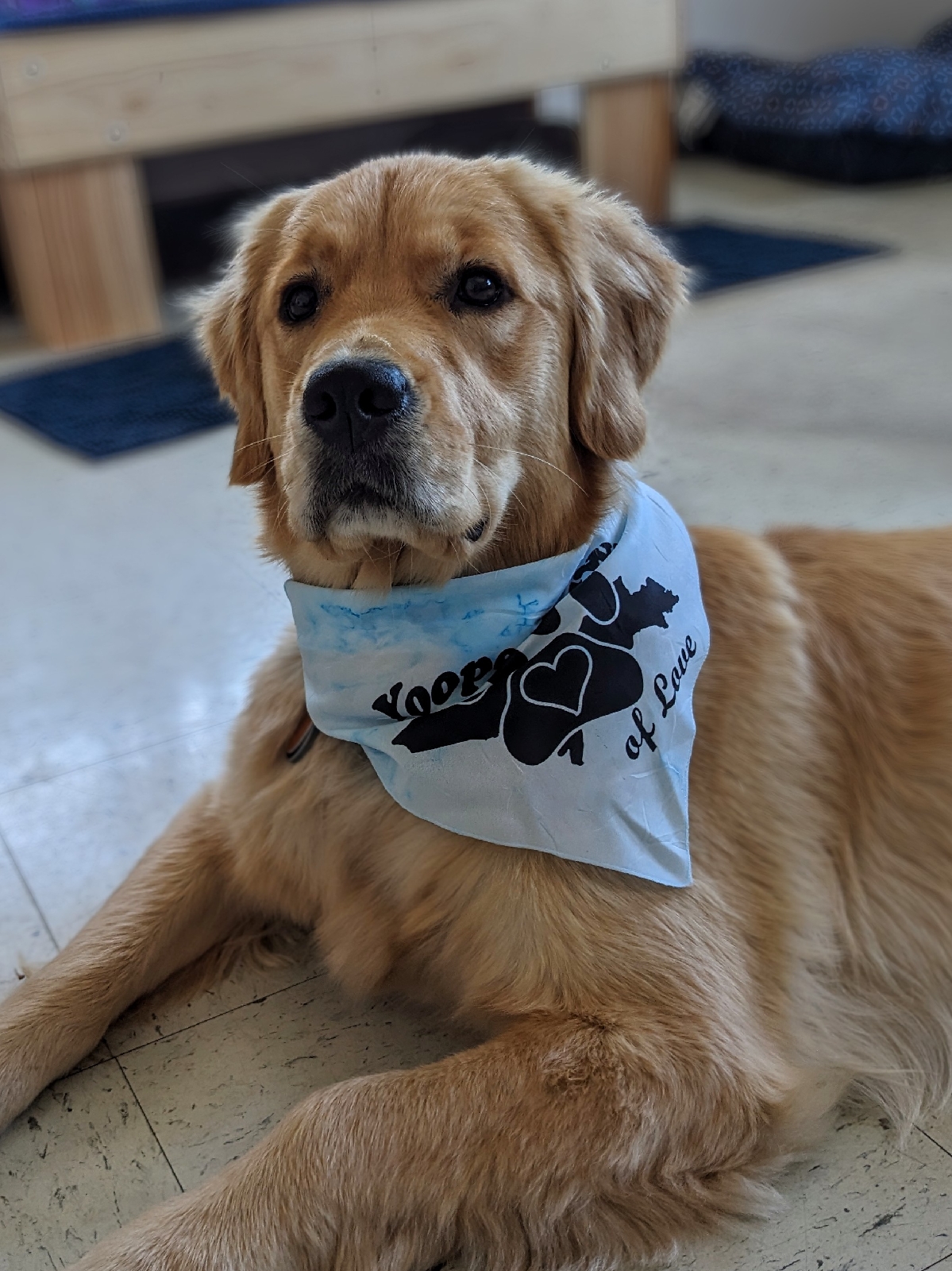How do you create patterns to speed up your dog training?
Before reading this post about patterns & pattern games, be sure to review the post on Understanding Routines that I wrote a few months ago. Routines & Patterns are very similar yet have different applications so I want to start with defining what I mean for both of those words.
Routines - Ongoing behaviors that often apply to daily activities such as meals, going out to potty, bedtime, etc. In a routine the dog may perform multiple behaviors in response to changes happening in the environment that are practiced every day or every time that event happens.
Patterns - Short repetitive behaviors that are used in the training phase of a new behavior that will often be modified to increase the difficulty of the behavior or phased out once the dog actually learns the behavior.
Think of this way, we use routines to teach our dog what is expected in specific situations in order to receive the reinforcement they are seeking and we use patterns to teach our dogs a specific behavior that will earn reinforcement which later will be put on a cue once the dog has learned the specific behavior.
The first example of a pattern game that I teach in all my classes is the Up/Down Game. Check out this video of Henney playing the game for the first time.
The directions for teaching the game can be found in the description of this video!
When playing a pattern game, I like to start with 10-12 small, easy to swallow treats in my hand so I can rapidly reinforce the desired behavior. Typically the game will last less than a minute. All my clients are taught how to use a pattern game to teach hand targets, then told to add that activity into something they do every day such as going to the coffee pot. I suggest they put a treat container at the place of their daily activity and pull out the 10-12 treats doing a 30-60 second hand target game before they fill their coffee cup, or whatever activity they are about to do.
Clients are instructed to play the Pattern Game exactly as we did in the session for 1 week. Then we tweak the game to make the behavior slightly more challenging. Week 1 they practice simple hand targets, Week 2 they play the Moving Target game, & Week 3 they play the Hand Target Heelzone Game. By doing this they are heavily reinforceing the hand target but slowly using that hand target to teach the behaviors they want the dog to do such as stand up, switch sides, heel, wait, etc.
When to use patterns and when to avoid patterns!
Those who continue training learn how to use Pattern Games to encourage behavior such as eye contact, heel, and recall. Since teaching heel is a struggle for many dog owners I'm going to use that as an example with 2 of my favorite games. Starting with the Finding Heel Game that I play.
Puppy Level
Adolescent Level
When you play lots of pattern games with your dog, at some point they typically start predicting what your next move is, often trying to get there before you even ask for it. At this point they know the behavior and if we repeat the patterns much longer without increasing difficulty or adding in new distractions, the dog will get board and decide to do their own game. Ideally we want to recognize this before it actually happens and make changes to keep the dog involved and learning.
To explain this a little better, I'm going to continue with the "heel" example and move on to the Bucket Game. By design the Bucket Game is geared to breaking patterns and routine habits, instead encouraging the dog to focus more on the handler for direction. If Belle sees my red buckets set up in pretty much any environment she easily jumps in heel ready to play the game because she loves it so much.
See the video description for details!
In real life, I'm not about to carry my red buckets everywhere! As a Service Dog in Training, I need Belle to learn to heel in very distracting environments which requires a great deal of focus. To teach that level of focus, I need to keep changing the games and patterns in a way that makes her focus on me even without specific resources that I use for pattern games. To phase out the props and move more into real life situations, I need a game that makes it easy to always change the criteria. Sometimes this means blending different pattern games together to make a new pattern. Other times this means creating a brand new game with lots of direction changes such as working in a wide open space like a yard, field or parking lot and frequently changing directions.
There is a lot more games when it comes to teaching a solid heel and a many more things you need to consider about leash manners in general before you can figure out what will work best for you and your dog. The Leash Manners E-Book that will soon be released is designed to walk you through some of the challenges with leash manners and provide you with helpful resources to teach the behaviors you love using reinforcement the dog loves by playing games vs using corrections and telling your dog what not to do. Watch this blog for more info about the Leash Manners E-book!
















